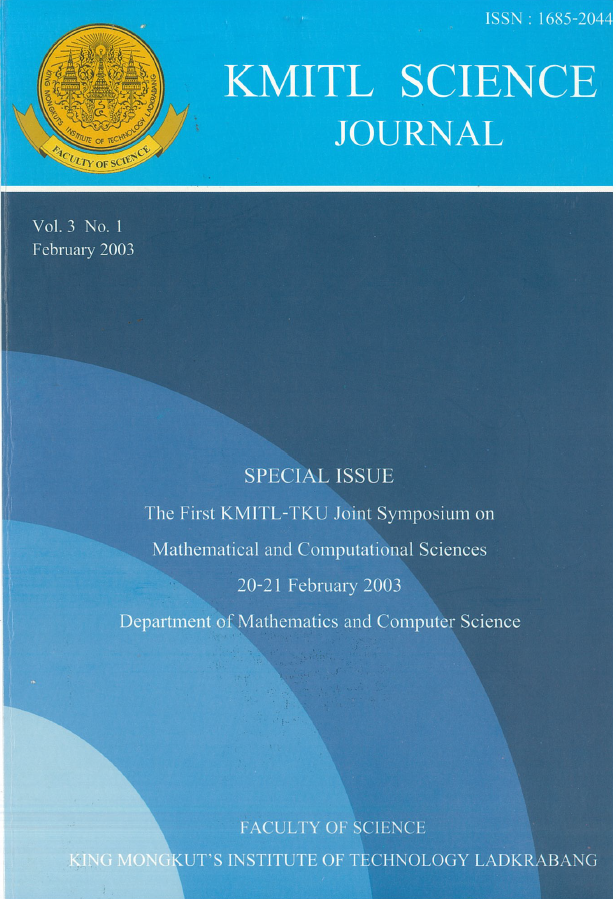In this paper we investigate the queueing model for the traffic congestion in Bangkok. We refer the traffic in a crossing as the flow of jobs, the traffic time in the crossing as those of the service time in a queueing system. The traffic consists of two kinds of flows, main and secondary ones. Furthermore we define a traffic controller as a server in the queueing system. At the instant of service completion (cars passed the crossing) in the main flow, the controller is continuously busy as long as there is any job in the main flow. As soon as the controller finds the main flow empty, however, he takes another job in the secondary flow (control of against flows). The service time of job is assumed to be a random variable with exponential distribution. As regards taking services in the secondary flow, two models are considered. In the first model the server returns to the main flow immediately after a single job whether there is a job or not in the main flow, while in the second model he keeps on taking another job until he finds any job present in the main flow upon termination of each job of secondary flow. By taking a job the server utilizes a part or all of his idle time for additional job in the secondary flow.
For each of the models above, the stationary distribution of the system size and that of the waiting time are obtained
Keywords: -
E-mail: cast@kmitl.ac.th
Doi, M. ., & Ꝺsawa, H. . (2018). A Queueing Model for the Traffic Congestion in Bangkok. CURRENT APPLIED SCIENCE AND TECHNOLOGY, 47-54.

https://cast.kmitl.ac.th/articles/144346